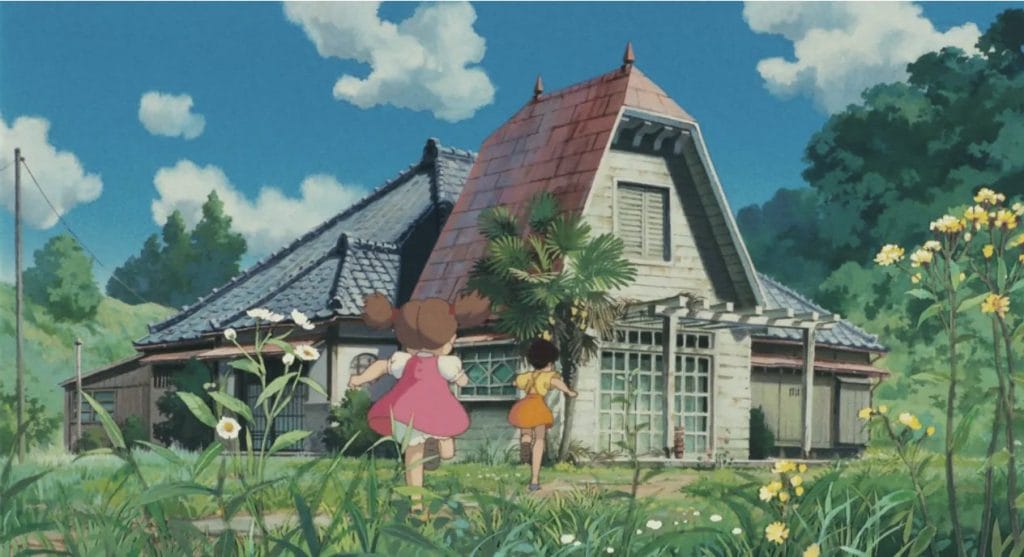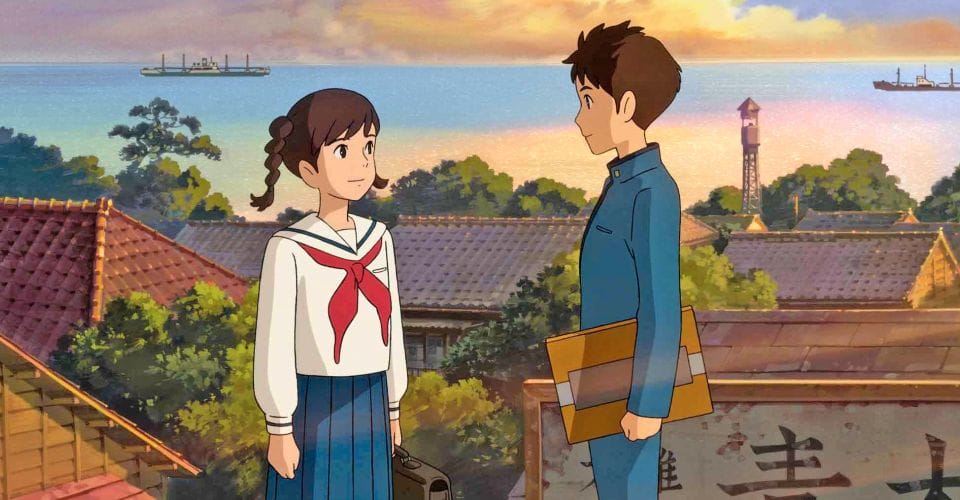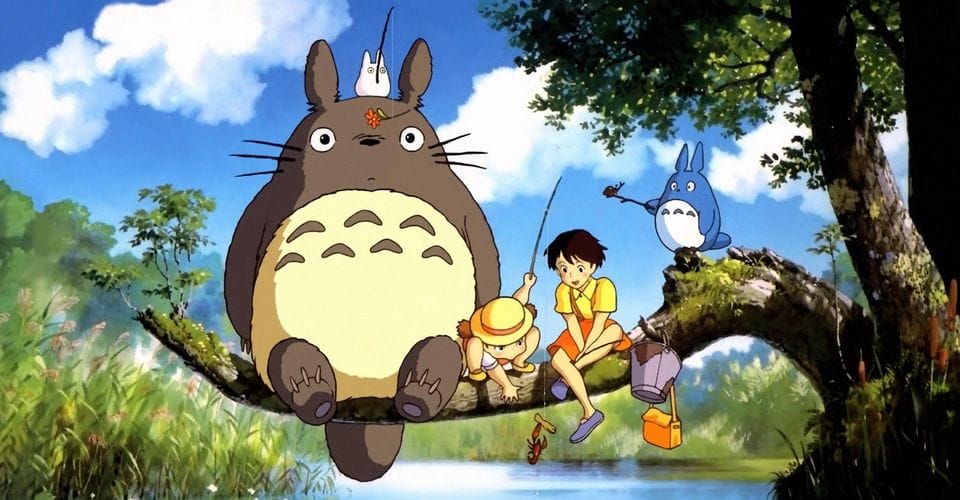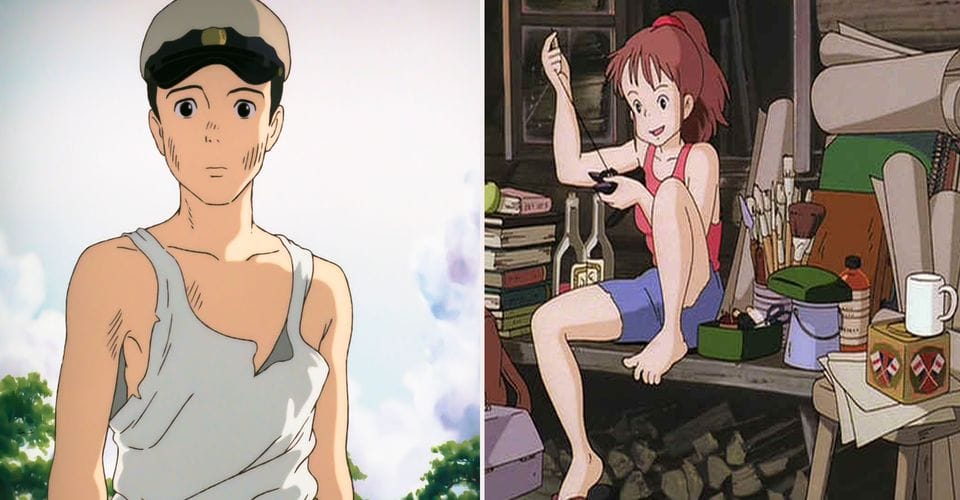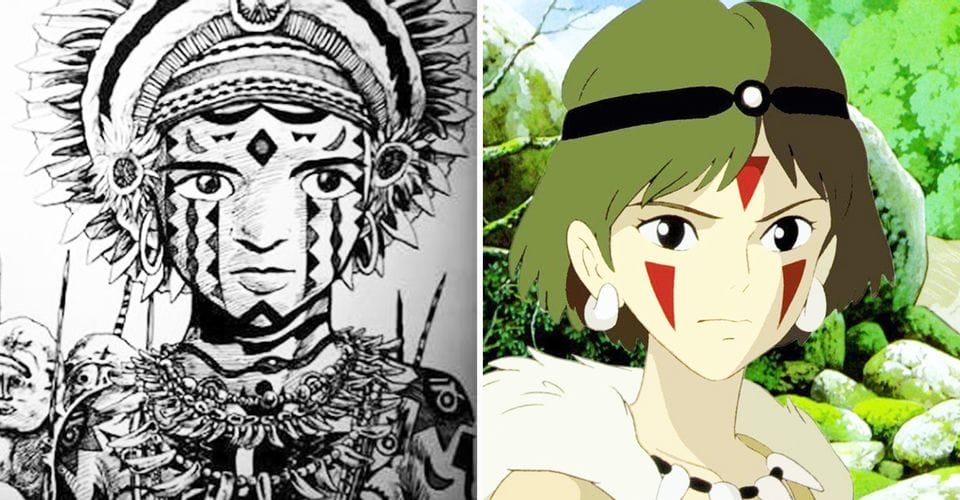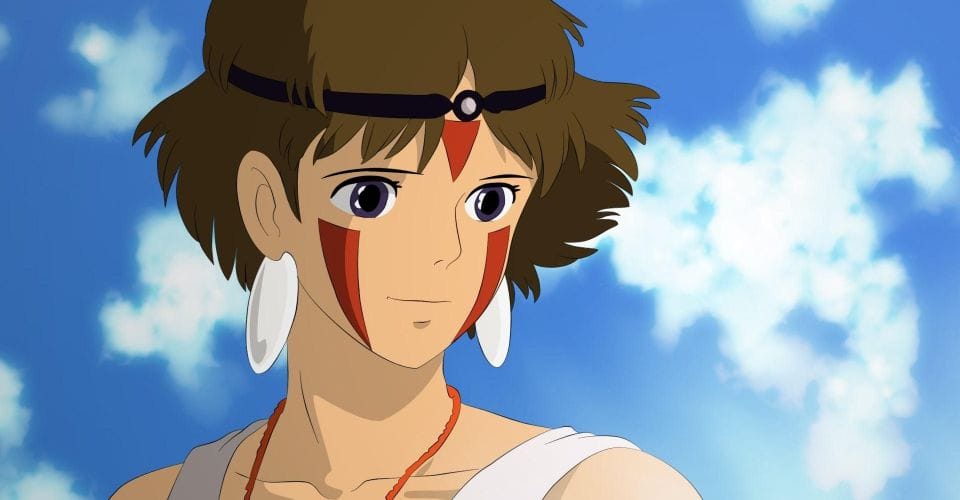Blog
HBO Max’s Best Move Isn’t the Snyder Cut… It’s the Ghibli Collection

Watching the Studio Ghibli films just got a whole lot more accessible, thanks to streaming on HBO Max.
A few years ago, you’d be hard-pressed to find any Studio Ghibli films online—the only available options were either to rent or buy the DVDs. But with HBO Max streaming 21 Ghibli films (the one hold-out, Grave of the Fireflies, is on Hulu), it’s now easier to enjoy films like My Neighbour Totoro, Only Yesterday and The Secret World of Arietty.
With so many streaming platforms available, HBO Max is enticing more people to subscribe with things like the Justice League Snyder Cut and the promised-but-stalled Friends reunion, but the Ghibli collection may be the thing that tips people over to subscribing to Max. Here are some of the reasons why the Ghibli films are HBO Max’s most appealing feature.
Children At The Forefront

Many Studio Ghibli films, like Spirited Away and Castle in the Sky, center children as the heroes. Unlike adults who often have to think about back-up plans and consequences, there aren’t such inhibitions for children: They just follow their heart and do whatever they think is right. Not only does it inspire courage, but it also gives kids hope that they have the power to change the world.
Telling stories a child’s perspective has the added effect of making the world seem more magical than ever. There’s a natural curiosity and inquisitiveness ithat’s accessible for all ages: for adults, it feels like nostalgic, and for kids, there’s a special sense of wonder as you follow the protagonists on their journeys.
Because many of the young characters are dealing with adult issues, there’s a blurred line between childhood and adulthood that makes watching the films bittersweet. Isao Takahata’s film Only Yesterday is split between the main character Taeko’s childhood and adulthood. The timelines converge at the end, when young-Taeko gives adult-Taeko a final send-off symbolizing a farewell to childhood.
Girls Run The World

One of the predominant features of Ghibli works is that most of the heroes are young girls, a conscious decision of director Hayao Miyazaki. Notable heroines include San from Princess Mononoke and Nausicaa from Nausicaa of the Valley of the Wind. Even female leads who aren’t saving the world, like Satsuki from My Neighbour Totoro, are admirable with unfailing inner strength.
Ghibli films offer a utopian world where women are empowered, fighting back against injustice and winning. These works give a voice back to young women and offer a safe space to defy societal expectations. According to Miyazaki, he wanted his movies to have strong female leads to instill the message that “any woman is just as capable of being a hero as any man.”
Storytelling

Studio Ghibli films don’t shy away from serious topics like death, war and environmental issues. Although Japan’s role in the World Wars has always been a sensitive and complex topic to touch on, The Wind Rises and Porco Rosso shines a spotlight on this side of history in an unapologetic manner. Works like Nausicaa and Princess Mononoke have similarly critiqued how humans have interacted with nature in both positive and harmful ways.
The pacing in the Ghibli films is also unparalleled. Excitement and urgency is paralleled against the fantastic use of quiet scenes—scenes where nothing really happens. Ghibli films take the time to focus on details that would normally escape people’s notice, like a hand reaching out to turn the key in the ignition or the intimacies of preparing food in a kitchen like chopping vegetables. Even Miyazaki’s action-packed films like Howl’s Moving Castle have these mundane scenes, while Isao Takahata’s films were often focused on calm slice-of-life stories.
The Different Worlds Of Ghibli

Every time you watch a Ghibli film, it’s like you’re being thrust into a different era, time, or world. From the almost dreamy setting of Kiki’s Delivery Service to the dangerous world of Princess Mononoke, no two Ghibli films are alike. There’s a good balance between the country and city life such as films like Only Yesterday or the idyllic lifestyle of When Marnie Was There. In fantasy films like Castle in the Sky, a universe where mysterious floating castles exist is made possible.
One of the most exquisitely visual films produced by the studio was Takahata’s final film, The Tale of Princess Kaguya. It’s like a traditional Japanese painting come to life with its brush strokes and water colors. The linework becomes smoother and cleaner in slower scenes contrasted with the shorter and rougher lines in moments of heightened emotion. It’s a fascinating movie to watch for the art style alone.
Soundtrack

Besides plot and characters, the music is an essential part of the Ghibli experiences. In fact, the music is arguably one of the most iconic aspects of the films. Once you get the Totoro theme gets stuck in your head, it might never leave.
Joe Hisaishi, the composer for Miyazaki’s films, makes a point to use culturally-specific instruments and melodies to keep the films firmly rooted in the era or culture that they’re set in such as using classical Japanese music for Spirited Away or the lilting Italian melodies of The Wind Rises.
Instead of music acting as background noise to accompany the action of a scene, the Ghibli soundtracka act as an effective storytelling tool in and of itself. Every surge or fall of the melody parallels what the character is feeling at that point in the story.
Portrayal Of Humanity

Despite all of the different settings and genres throughout the Studio Ghibli filmography, the way the all of the films portray characters and emotions in a humanistic way makes them resonate universally.
Take Chihiro from Spirited Away for example: the first time that she allows herself to cry is when Haku gives her the onigiri and it’s only in the presence of Haku that she allows herself to be vulnerable. It’s a moment reminding the viewers of the stakes at hand and that Chihiro really is just a kid with an impossible task to accomplish. Who wouldn’t cry?
Even when addressing broader topics about war or environmentalism, the stories tend to focus on the impact that these issues have on the characters’ personal lives and emotions. Feelings like loneliness, despair and hope, or quiet moments when the characters are just thinking or letting their emotions catch up to them, make the films seem that much more real and relatable. For all their boundless imagination, it’s the great pains the Ghibli films take in the little details of everyday life that make the characters feel more human.

